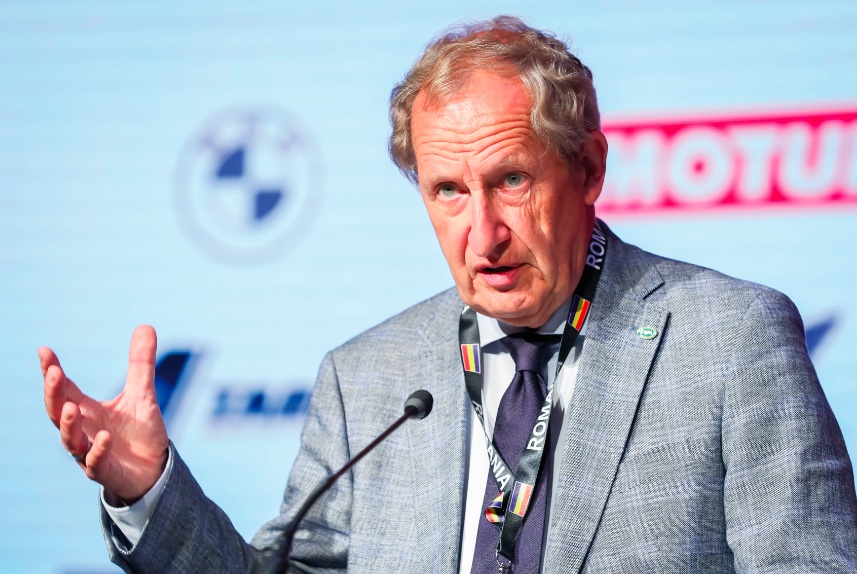Skills Shortage an “Existential Threat”
HOME » Magazine » September 2021 » Bits and Pieces » Skills Shortage an “Existential Threat”
According to FIVA (Fédération Internationale des Véhicules Anciens) some of the most iconic vehicles in history could be lost to the future unless new blood is introduced to the restoration industry. That is the main conclusion reached at a FIVA-supported international symposium in Bucharest that took place in July, entitled ‘Restoration – Art or Science?’

Tiddo Bresters Photo Dragos Savu courtesy Retromobil Club Romania
FIVA president Tiddo Bresters describes it as an “existential challenge” for the future of classic motoring. “This is one of FIVA’s primary objectives – to foster the preservation of historic vehicles and pass them on in working condition to future generations. To this end, a mature restoration industry is as important as it is for other areas of cultural heritage, such as paintings and historic buildings”
A succession of world authorities addressed the symposium hosted by the Retromobil Club Romania. Stéphane Guarato and Arthur Morault run the Conservatoire National des Véhicules Anciens near Paris, where students gain experience in basic restoration techniques before going on to specialist training. They say a lack of skilled labour means demand is outstripping supply. Part of the problem is the increasing gap between the skills needed for modern car repairs and those needed for historic restoration. Plus it’s difficult to attract young people to the industry. Half their current 150 students are around 60 years old.
A skills training programme at the Collège La Cité in Ottawa, Canada aims to attract young people into historic vehicle restoration from September 2022. Michel Lamoureux, principal advisor for the programme, told the symposium about the two-year course, one with an international approach, offering global recruitment, work placements and collaborations with restoration shops, museums, collectors, auction houses, clubs, associations and automotive media.
Eastern European countries are increasingly looking for opportunities in historic vehicle restoration. Cătălin Cedric Ghigea has run a specialist facility near Bucharest International Airport for the past 18 years, working on 20 or 30 cars a year. He says all his clients are from Western Europe, and similar operations are being successfully set up and run in Poland, the Czech Republic and Slovenia.
David Cooper of Chicago-based Cooper Technica Inc. spoke of his “forensic restoration” technique when recreating parts that can no longer be sourced. He has travelled all over the world researching original design drawings, surviving broken parts, and construction techniques, methods and materials.
Well-known collector Corrado Lopresto from Milan uses modern techniques taken from the art world for his special Italian cars, both to analyse monochromatic photographs to identify the true colours of the time, and to preserve the original paint as much as possible, entrusting his cars to professional restorers of vintage paintings.
President of Retromobil Club Romania, Gabriela Măgureanu, concluded, “It’s high time we talked about restoration and worked together to create opportunities, share experience, exchange ideas and address challenges better. We are honoured that these leading figures have agreed to share their knowledge, and we aim for this symposium to be the first of many.”
These stories are all from the pages of Historic Motor Racing News. Some have been abbreviated for this web site. If you'd like to receive the full version, please visit our subscription page where you will find postal subscriptions available. A full subscription also entitles you to access the current issue online (available soon), so you can take it with you and read it anywhere, and we are working on providing full access to our archives of back issues exclusively for our subscribers.